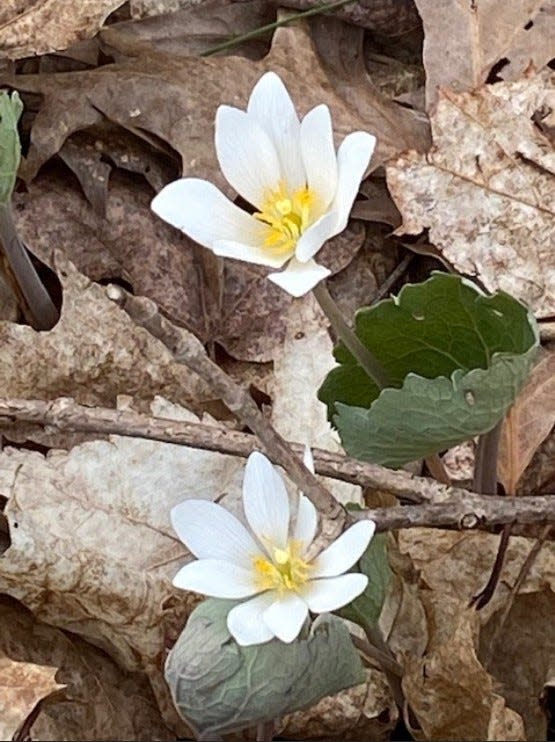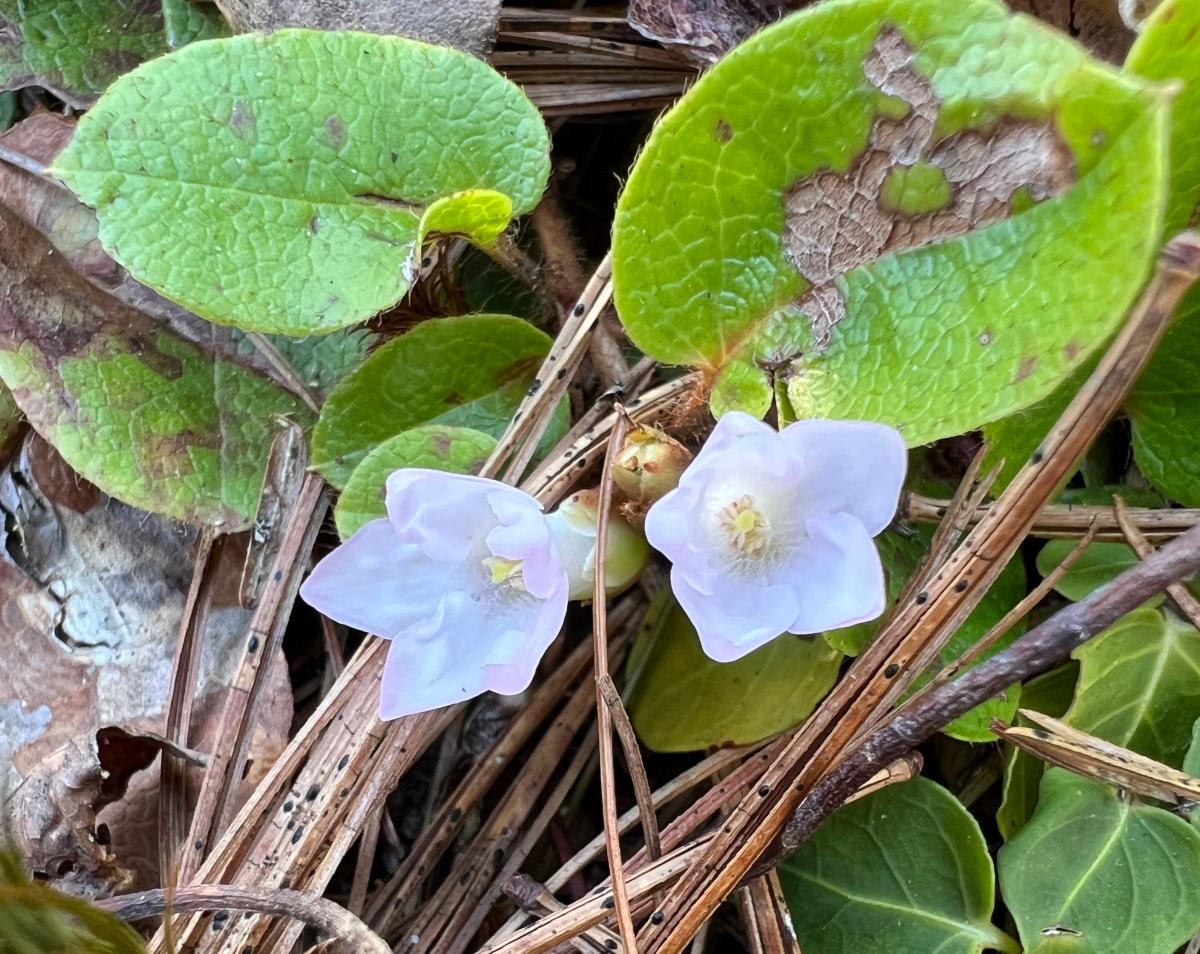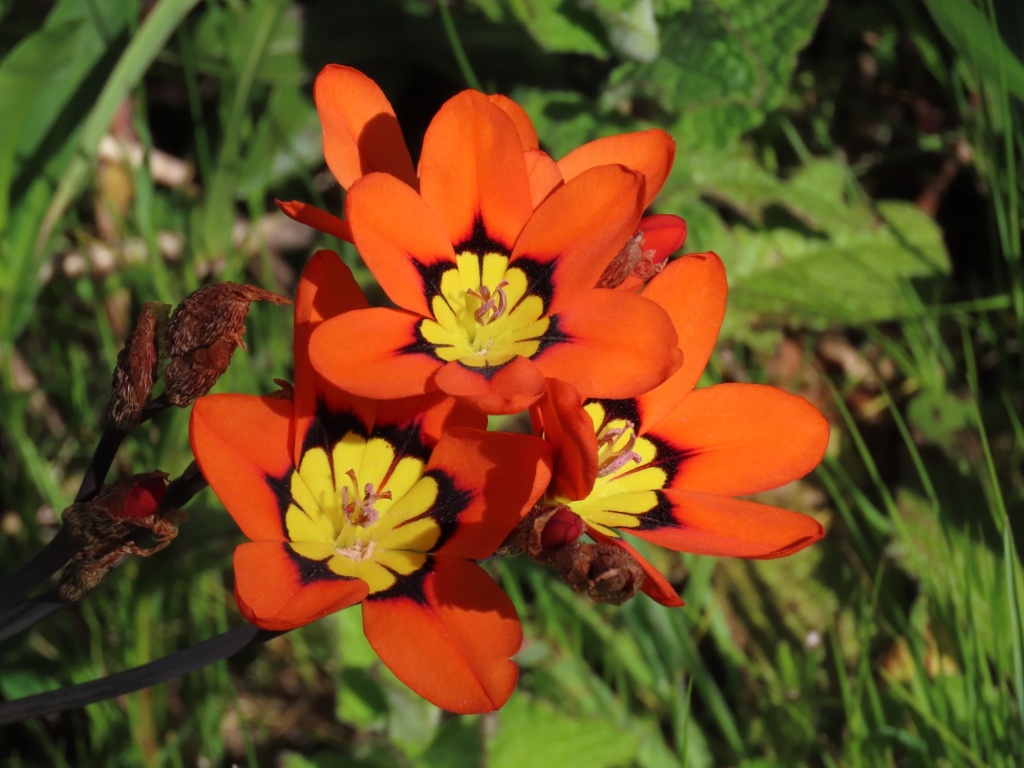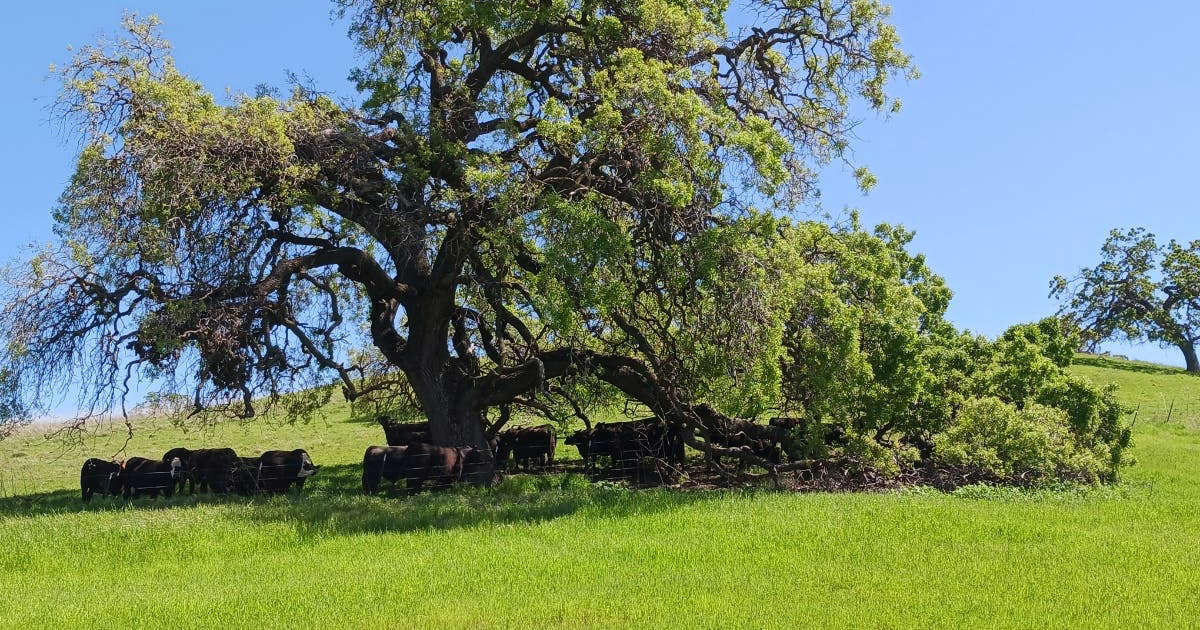[ad_1]
One of the hallmarks of early spring in the New England woods is the emergence of the spring ephemerals — wildflowers that emerge and flower early in order to take advantage of the sunlight that reaches the forest floor before leaves start to unfold and form their dense canopy.
One of my favorite ways to enjoy any walk in the woods this time of year is to keep an eye out for these beautiful wildflowers. Being somewhat competitive, what I also enjoy is finding the first ephemeral before my friends do. My first this year was some trailing arbutus — a creeping evergreen plant (technically a shrub, but only a couple inches high) with sweet-smelling white and pinkish flowers.

I was feeling pleased with my find until a reader sent me a photo of some bloodroot blooming in their back woods in Exeter, New Hampshire. I was immediately both excited and jealous because I have never seen bloodroot before, despite it supposedly being a somewhat common wildflower. This is a small, white-flowered wildflower that, like trailing arbutus, inhabits our forests, humus-rich deciduous forests in particular. Theirs had bloomed at least a week before “my” trailing arbutus — beating me at my imaginary spring ephemerals competition. Bloodroot is one of the first wildflowers to bloom, beginning in late winter and continuing into early spring, so my trailing arbutus didn’t really have a chance.

Many of the spring ephemerals blooming now are white or yellow, primarily because of who pollinates them. Flying insects are just starting to emerge in my neighborhood and the majority of them are some kind of fly. Flies have limited color vision. It is thought that bright white and yellow flowers stand out as being much brighter or lighter than the surrounding vegetation and dead leaves on the forest floor — a beacon to flies. True to form, bloodroot has very bright white flowers.
Because they are blooming well before many pollinators have had a chance to recover from their winter dormancy, spring ephemerals can’t be too picky about who pollinates them-they want to attract as wide a variety of pollinators as possible. This is reflected in the form of their flowers which are often shaped like wide bowls or flat plates, landing platforms for just about any sized insect. Bloodroot, like the other early spring ephemerals play a critical role in our forest ecosystems. Their early blooms provide much needed nectar and pollen for early pollinators.
Bloodroot is a perennial that grows up to 10 inches tall with a single leaf coming from the base that, when the plant is young, hugs the stem-perhaps to protect the plant from damaging rain or wind. The flower grows on a separate stalk. Once the bloom dies back the basal leaf often expands, becoming rounder and broader, and, like a solar panel the leaf has the ability to tilt and follow the sun. These adaptations help the plant capture as much sunlight as possible as the forest floor becomes more shaded by the unfurling leaves of the trees overhead. Even though it is done blooming for the year, the plant needs this energy to produce seeds as well as extra energy to store in roots to power next spring’s bloom.
As is true of every plant and animal in our backyards, bloodroot is an extremely interesting wildflower, worth getting to know. The name comes from the red sap that leaks from the cut root. The genus name, Sanguinaria, has its origin in the Latin word for bleeding. This red sap has been used to produce natural red, orange, and pink dyes. Bloodroot also has a long history of medicinal use as well, but the sap is an irritant and the rhizome (thickened root) is poisonous, better just to admire this beautiful little plant and then leave it be.

Susan Pike, a researcher and an environmental sciences and biology teacher at Dover High School, welcomes your ideas for future column topics. Send your photos and observations to [email protected]. Read more of her Nature News columns online at Seacoastonline.com and pikes-hikes.com, and follow her on Instagram @pikeshikes.
This article originally appeared on Portsmouth Herald: Trailing arbutus, an emerging sign of spring: Nature News
[ad_2]

















